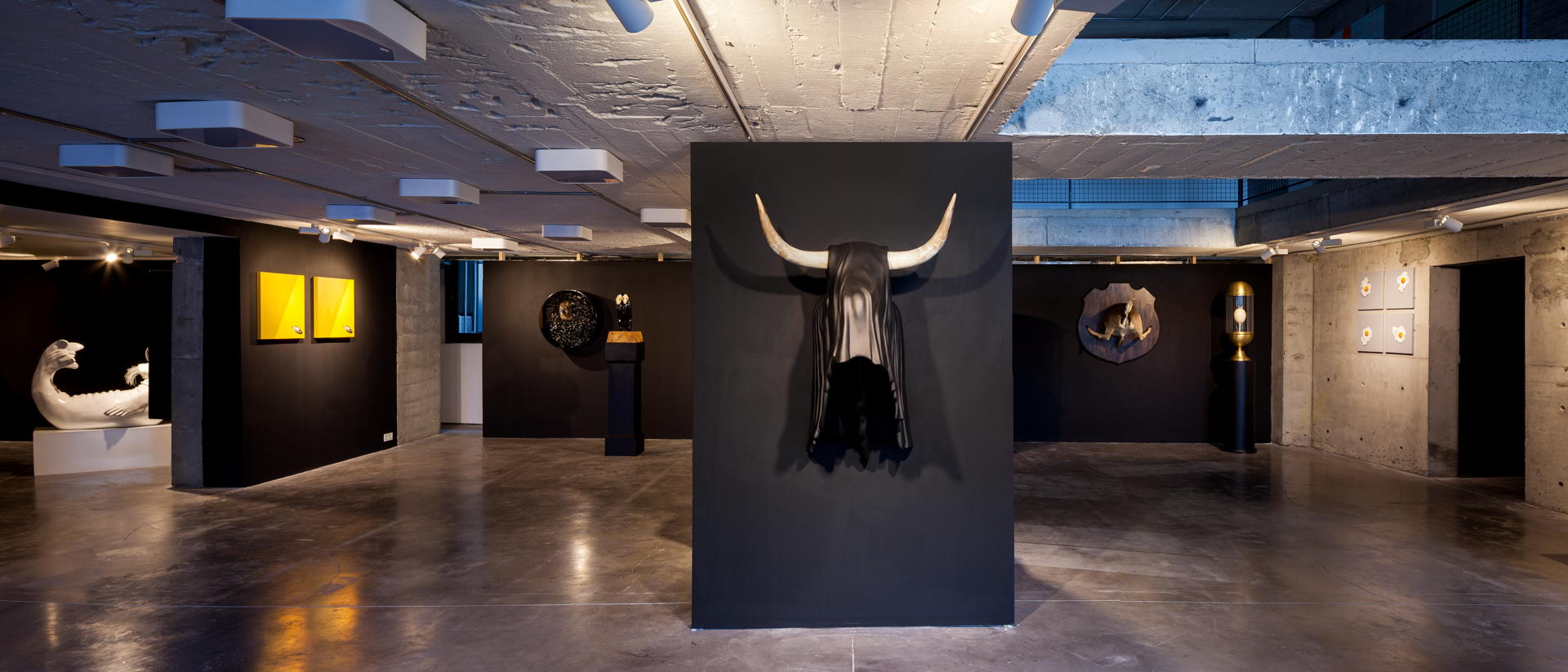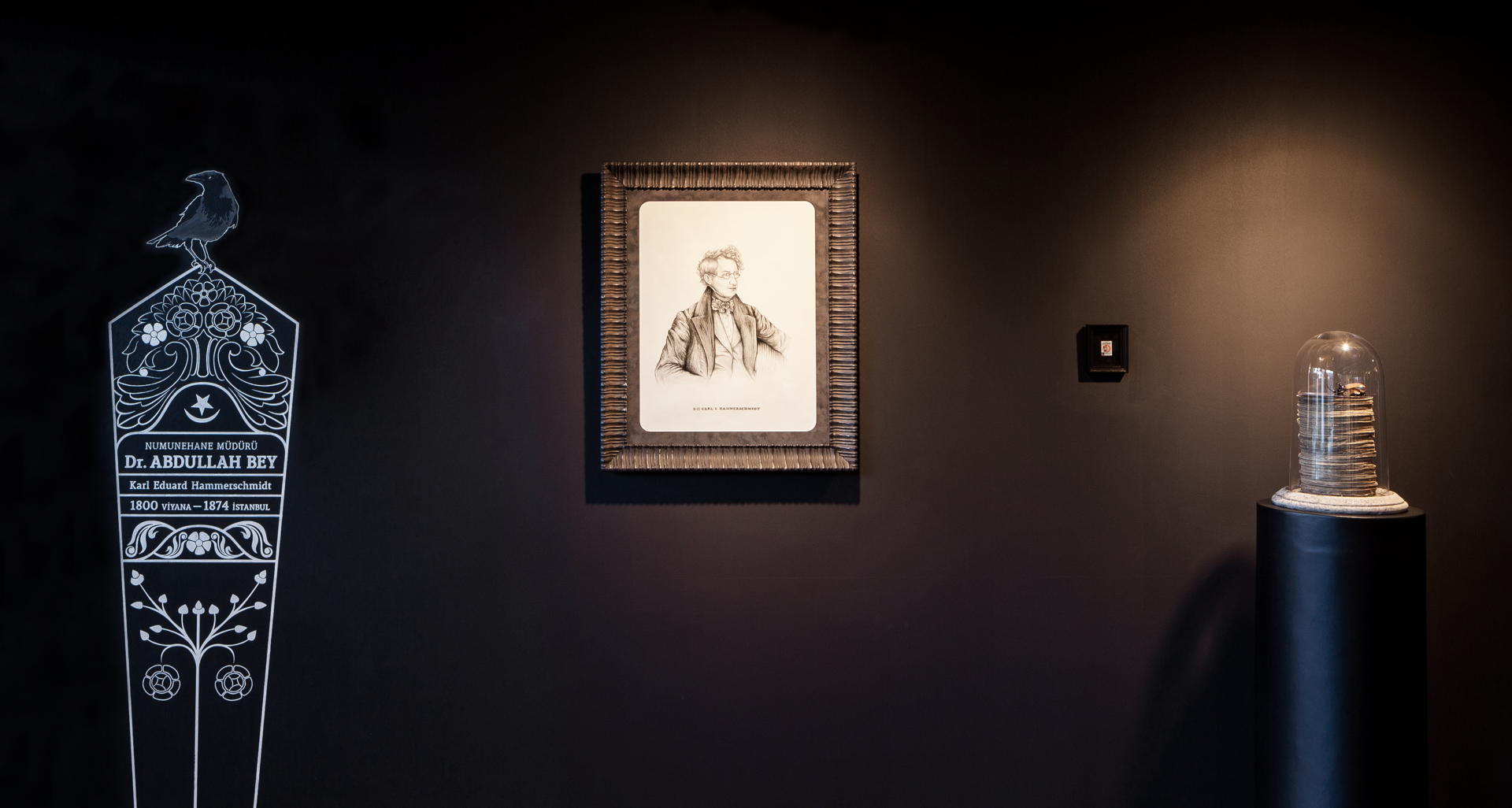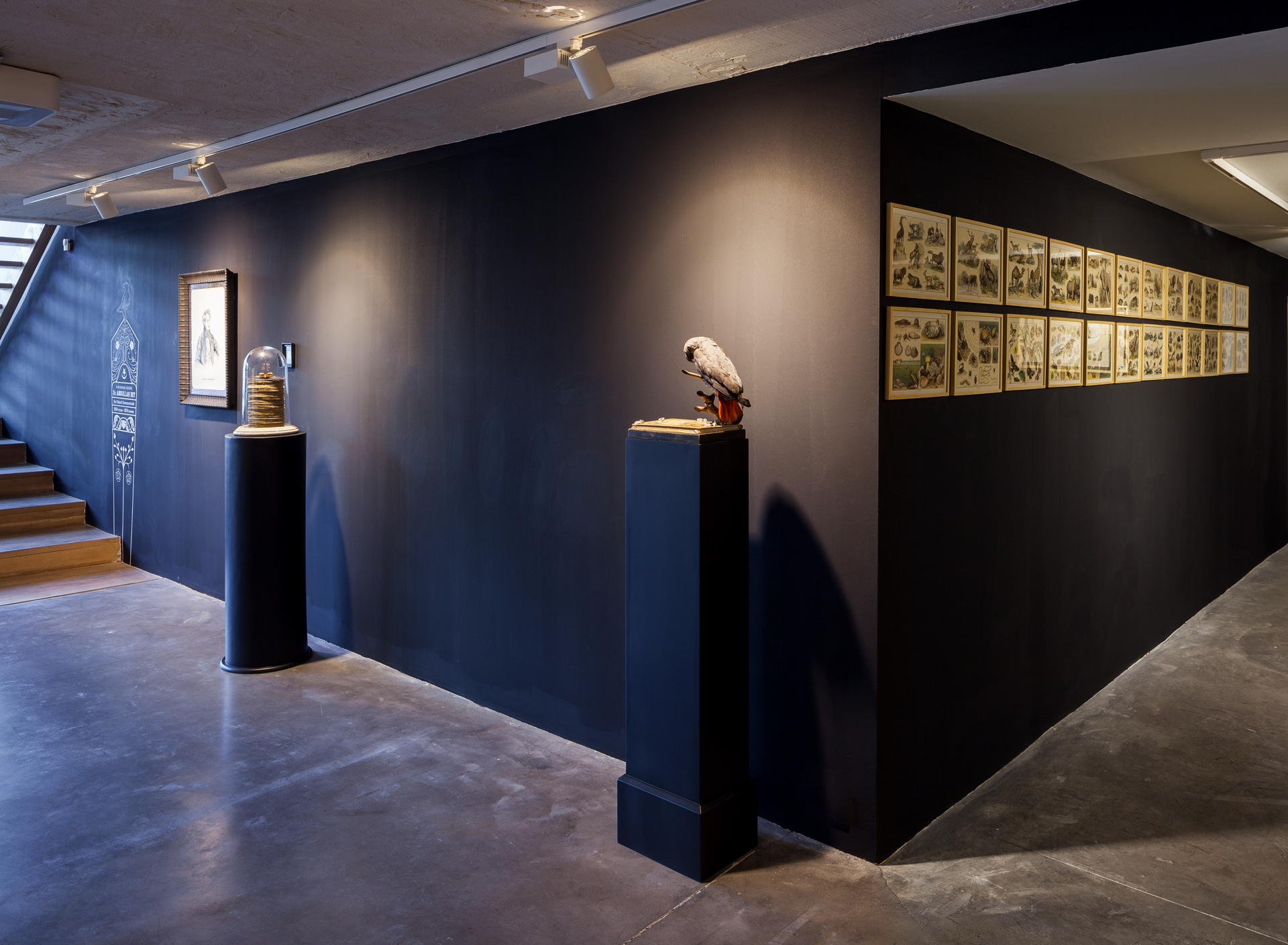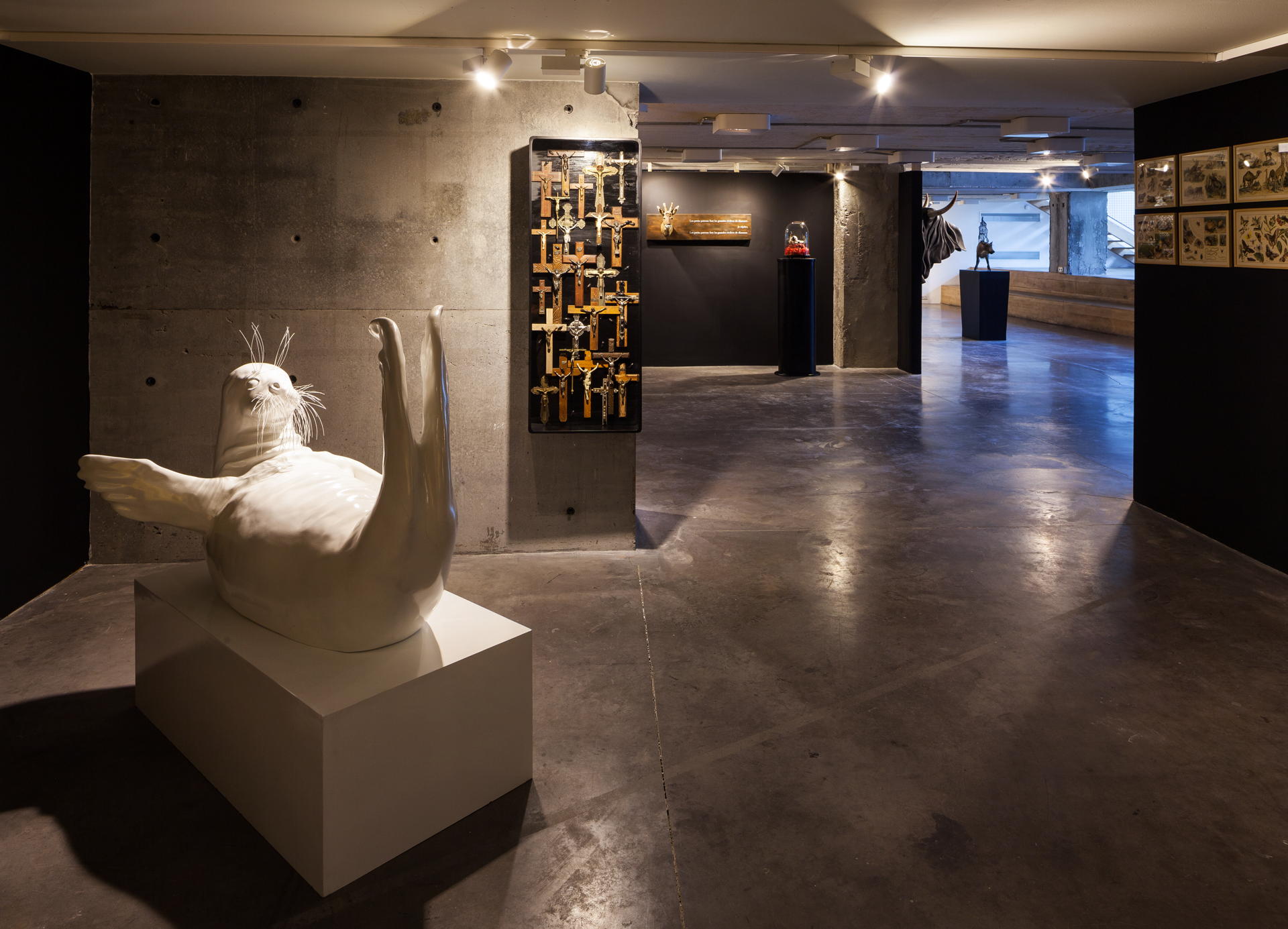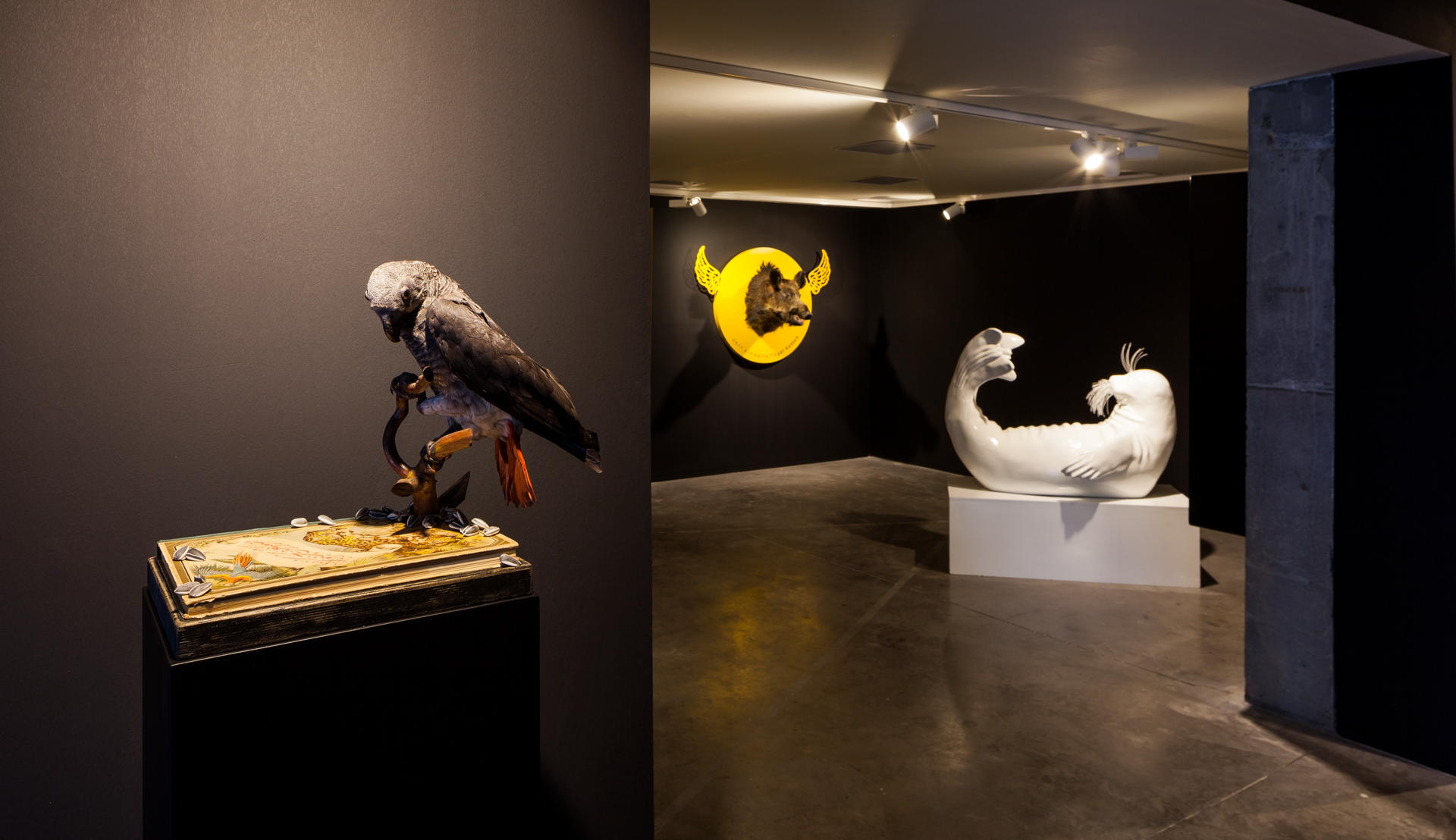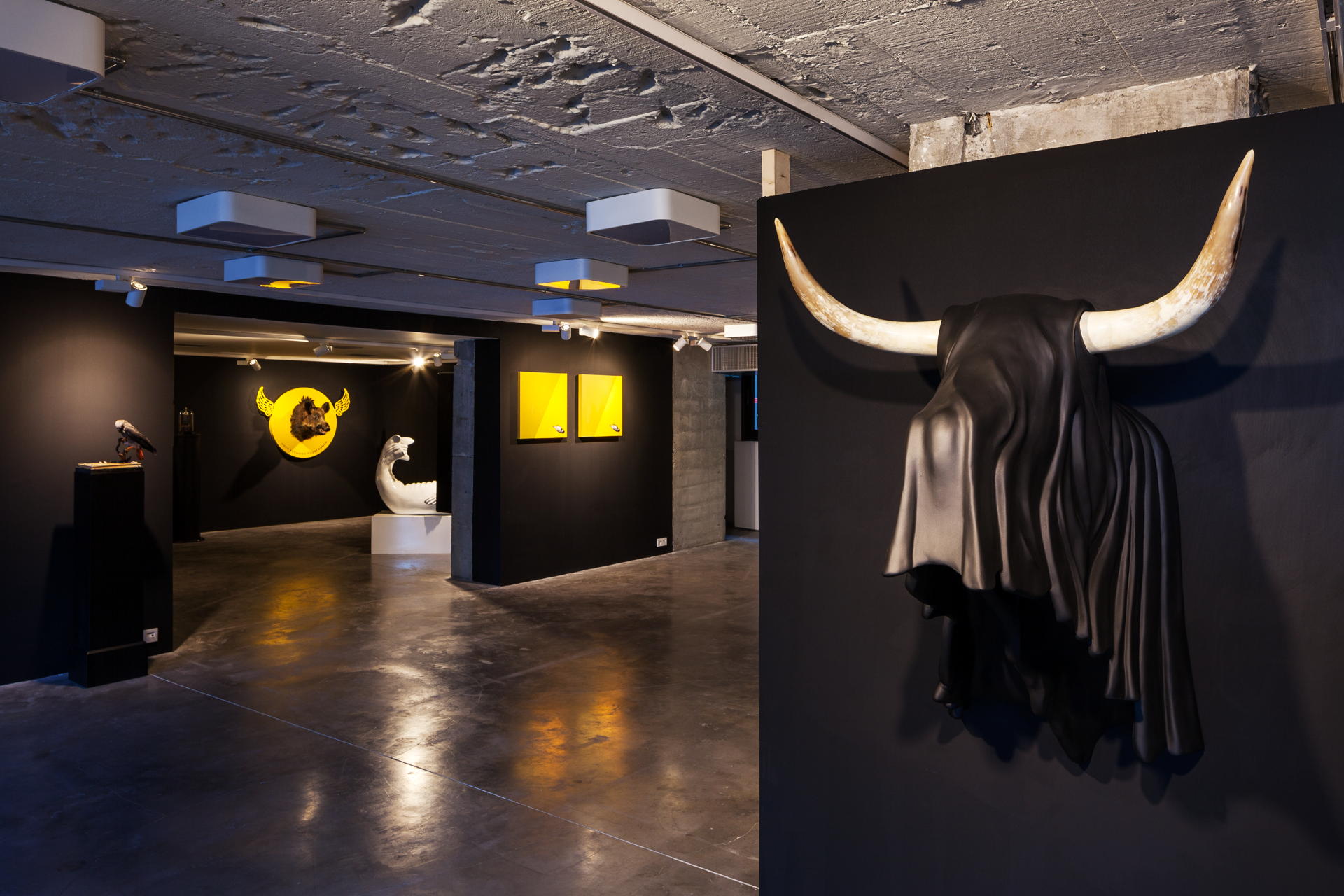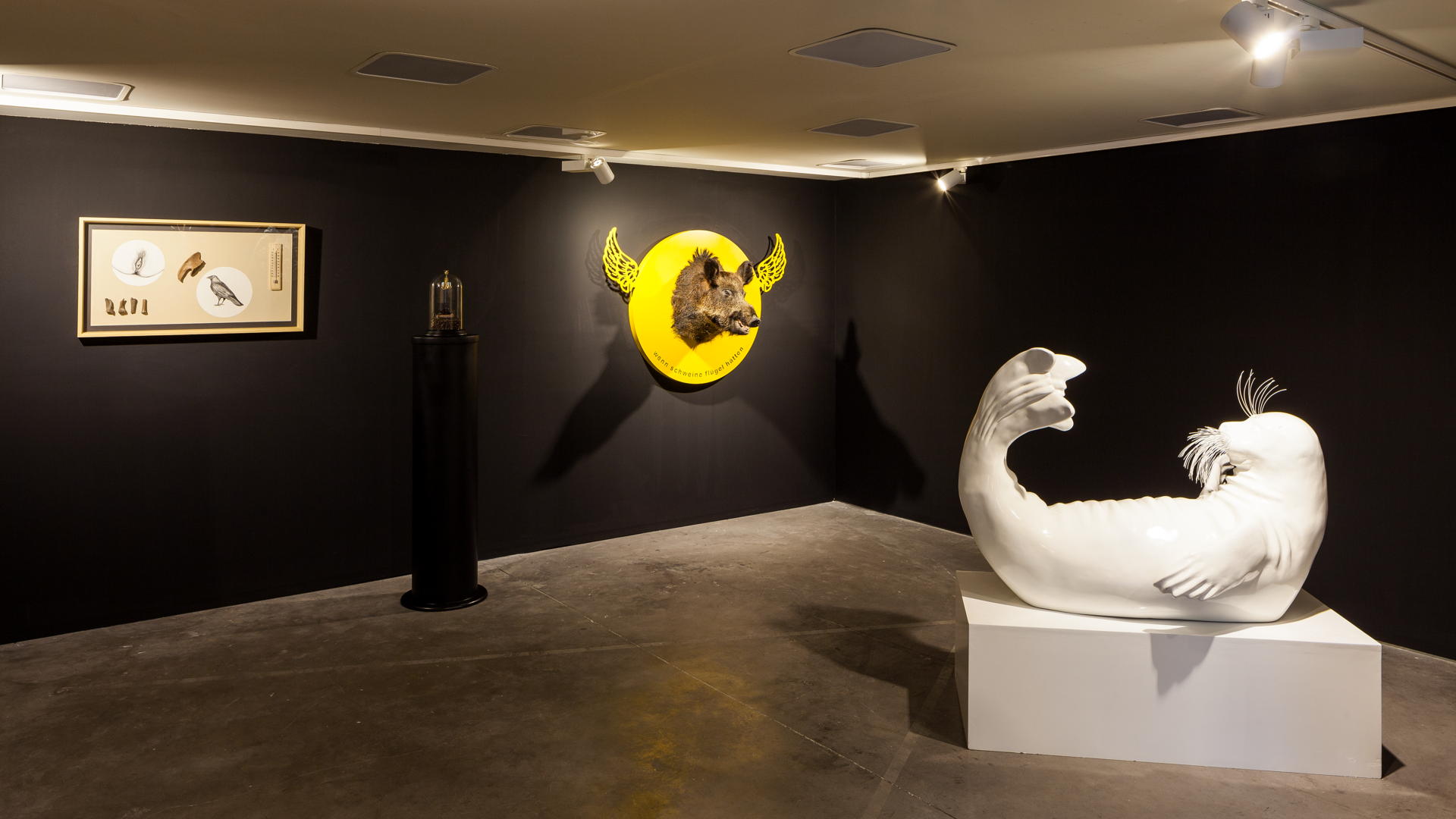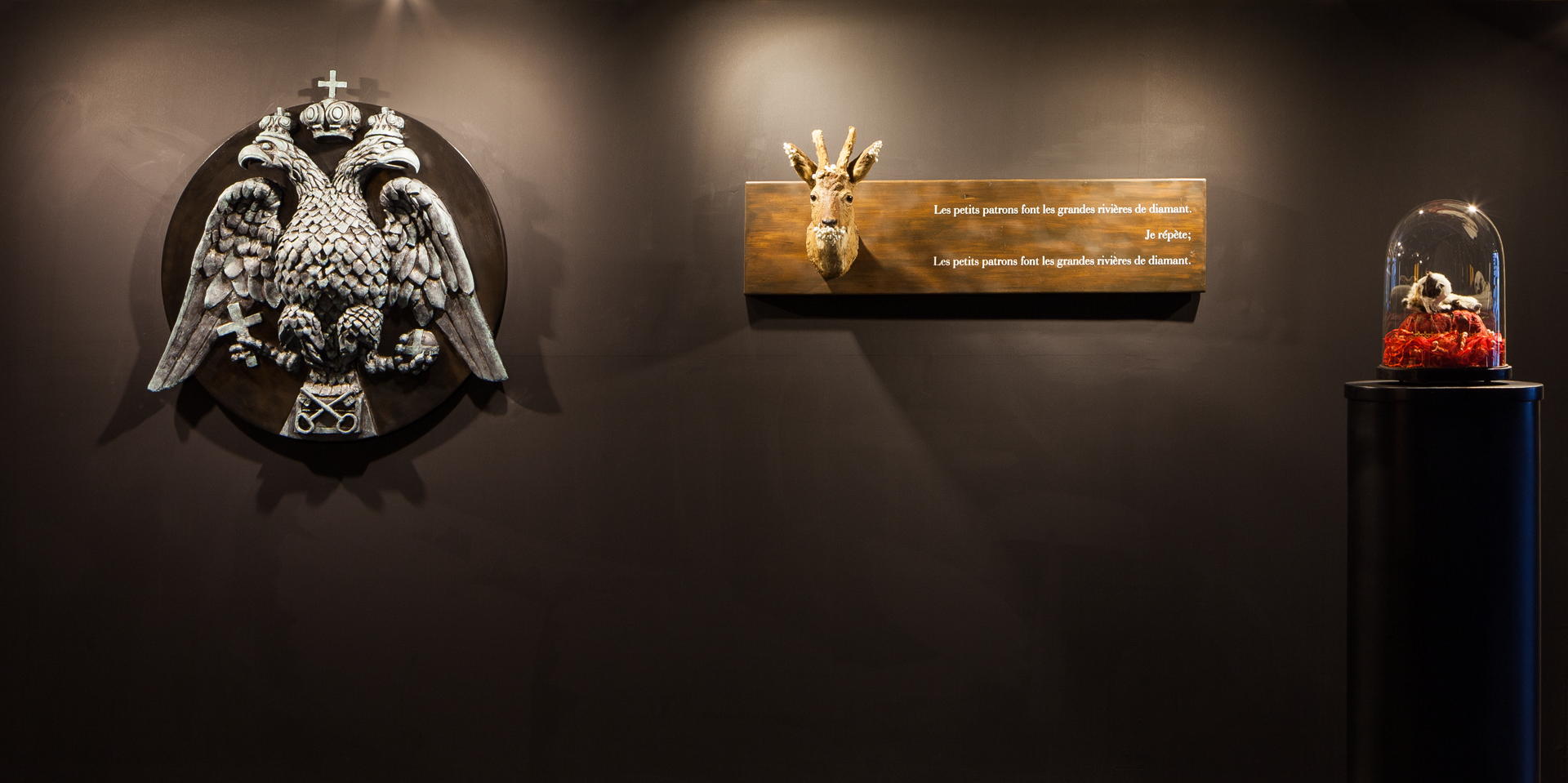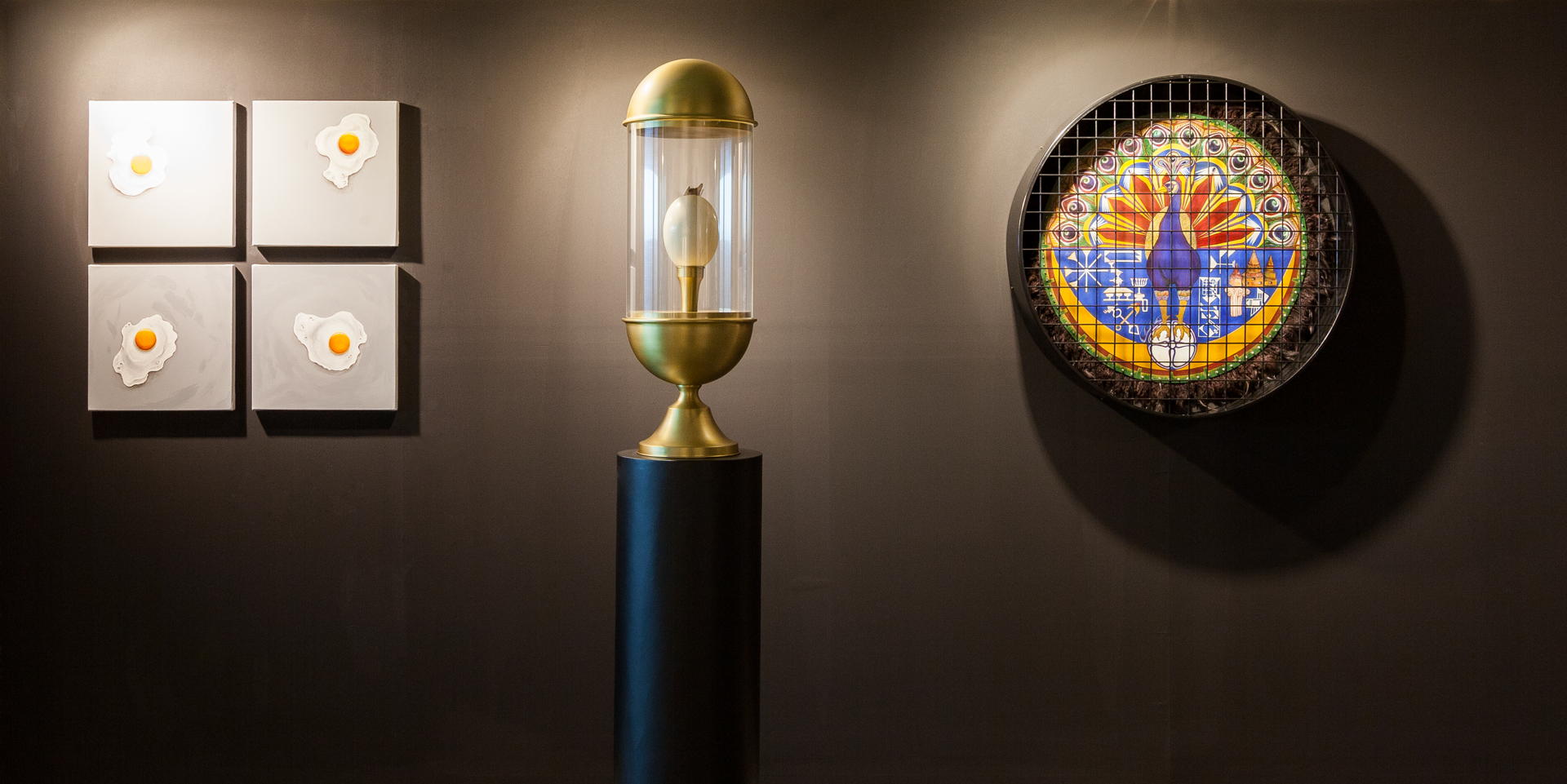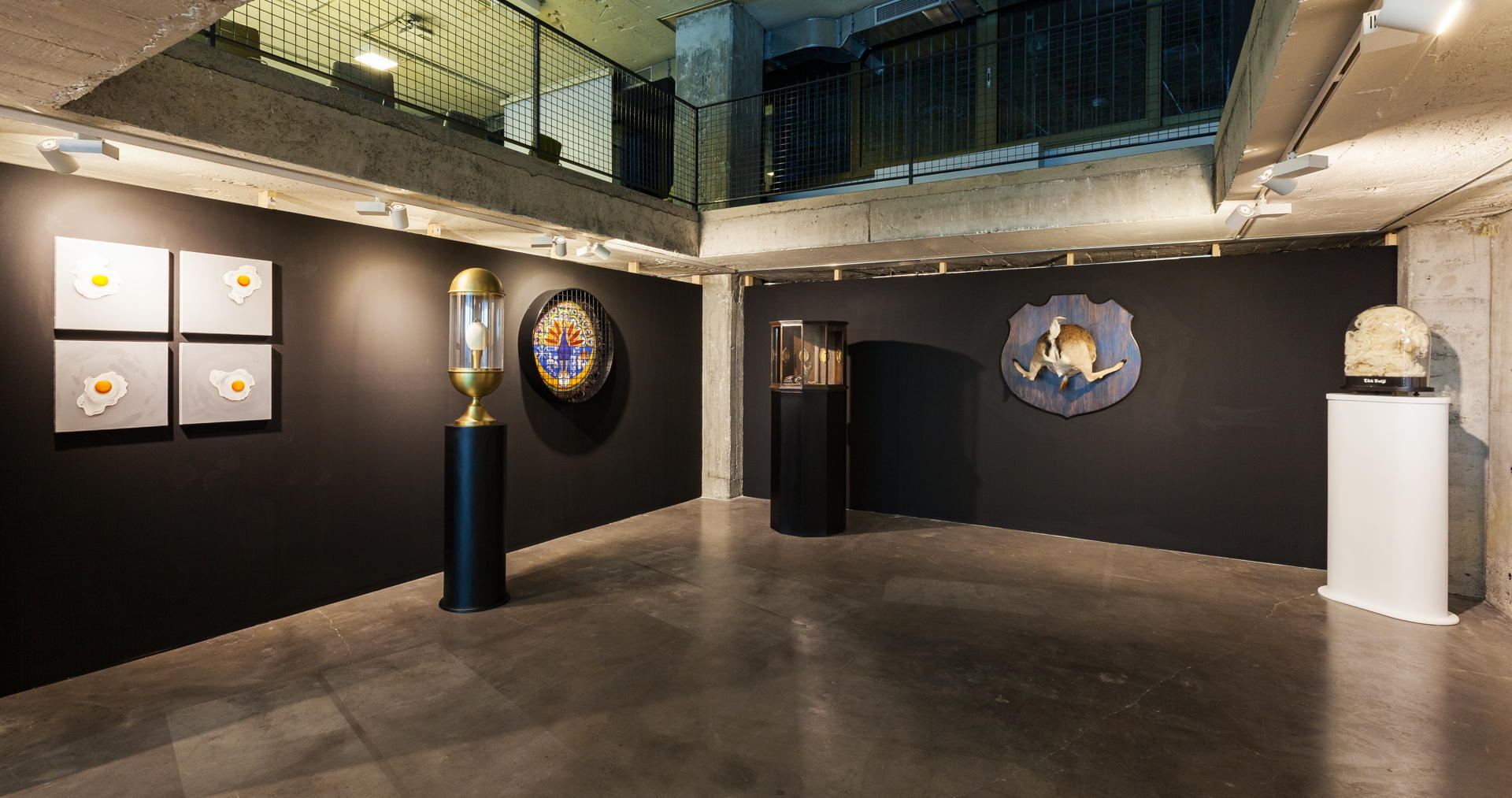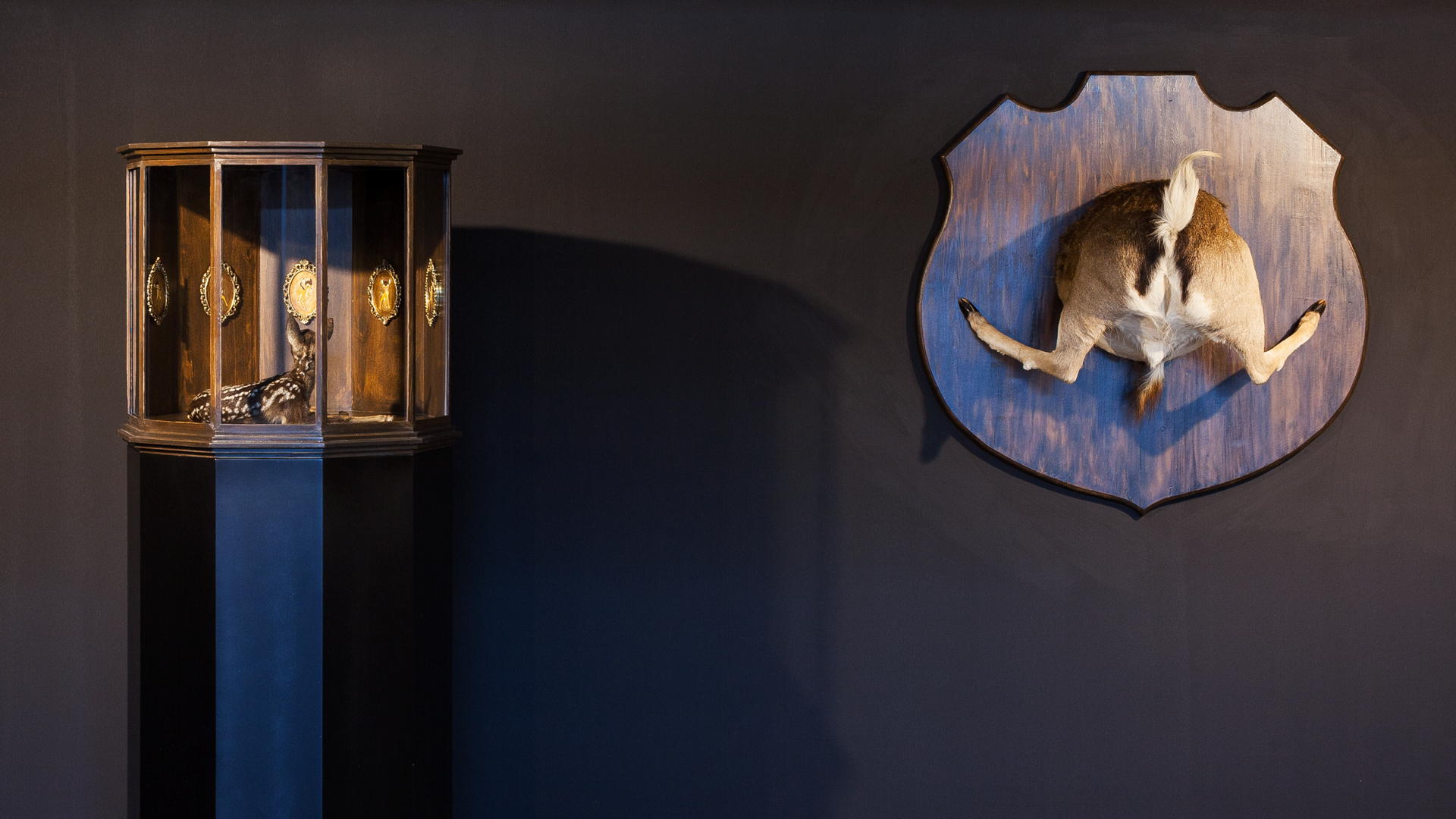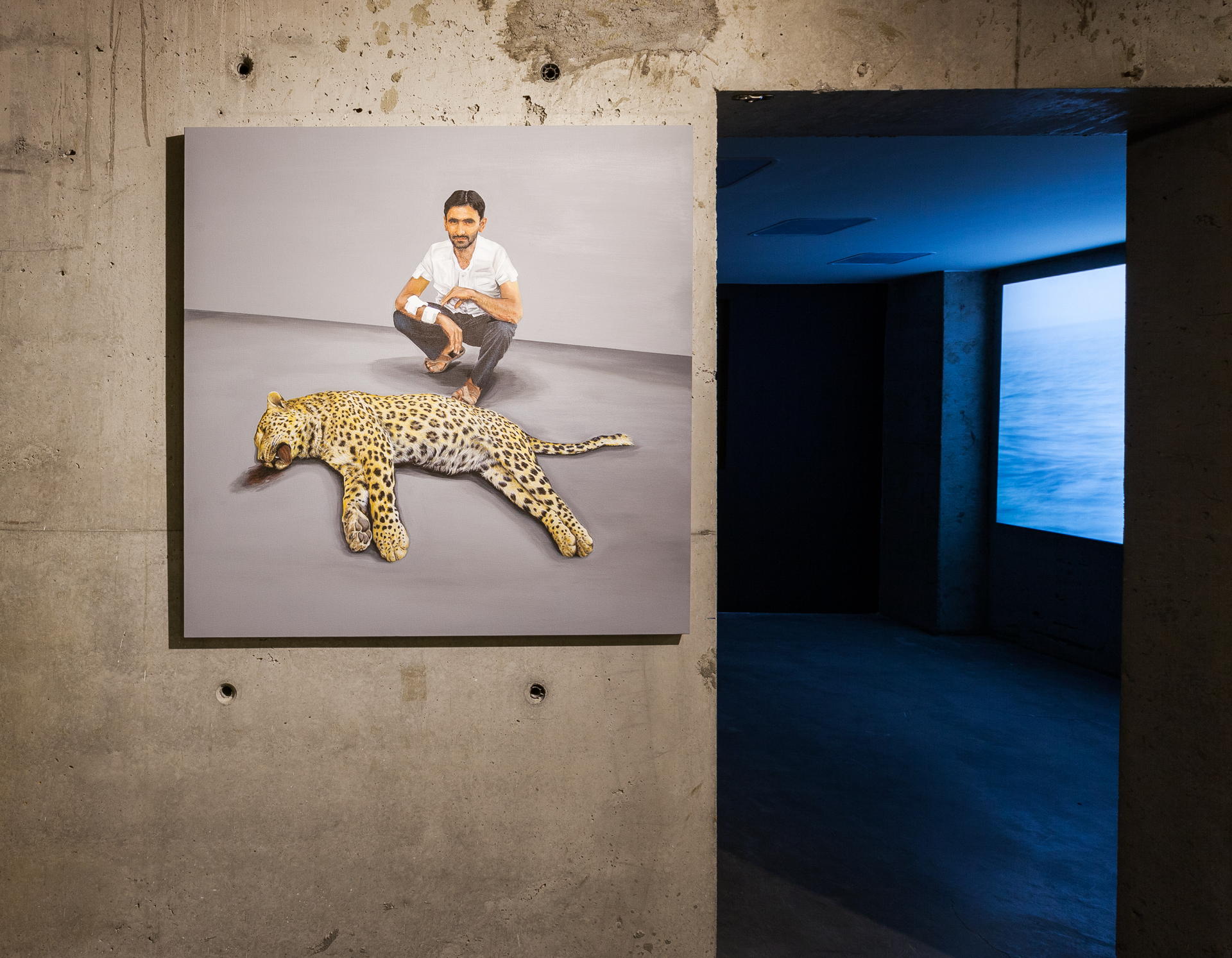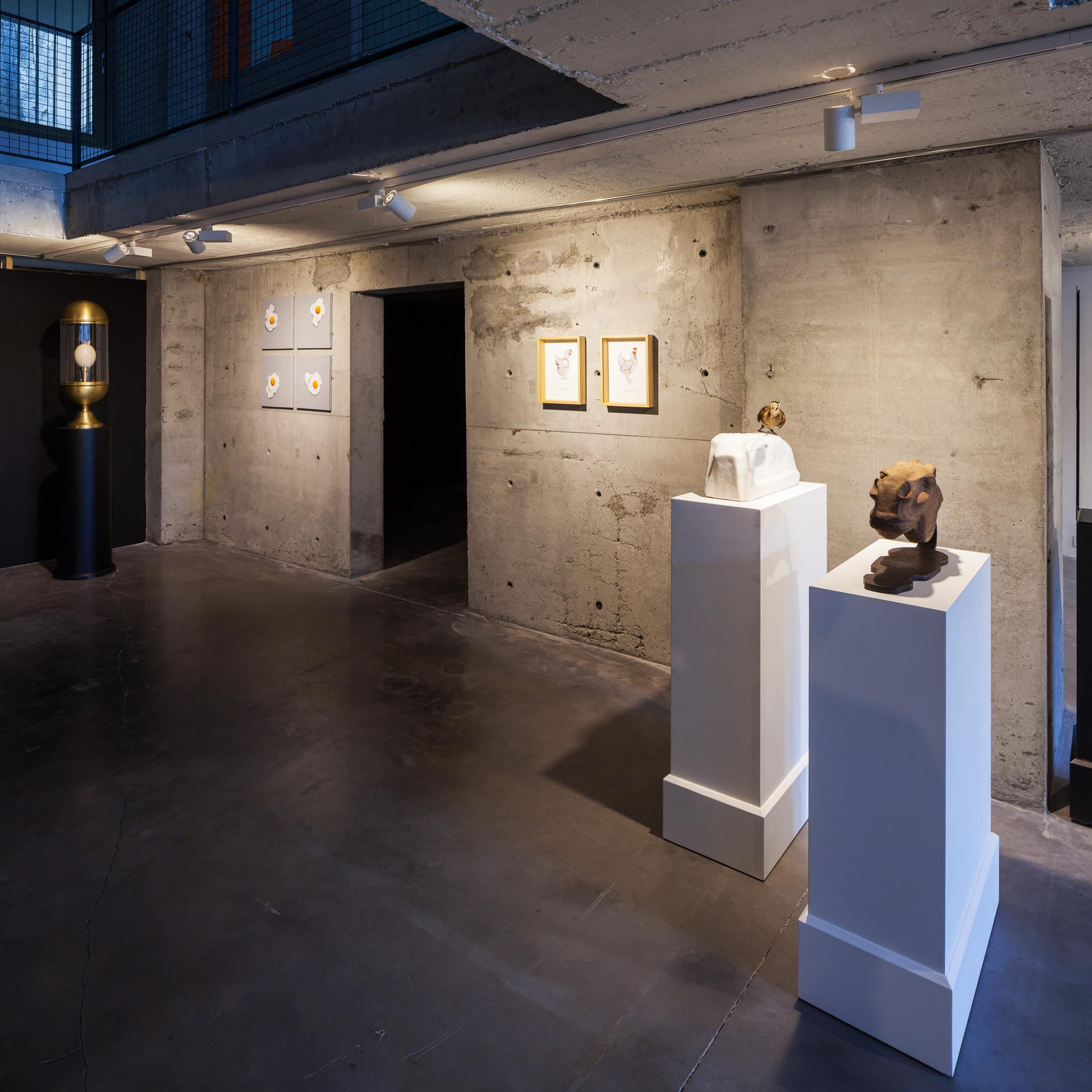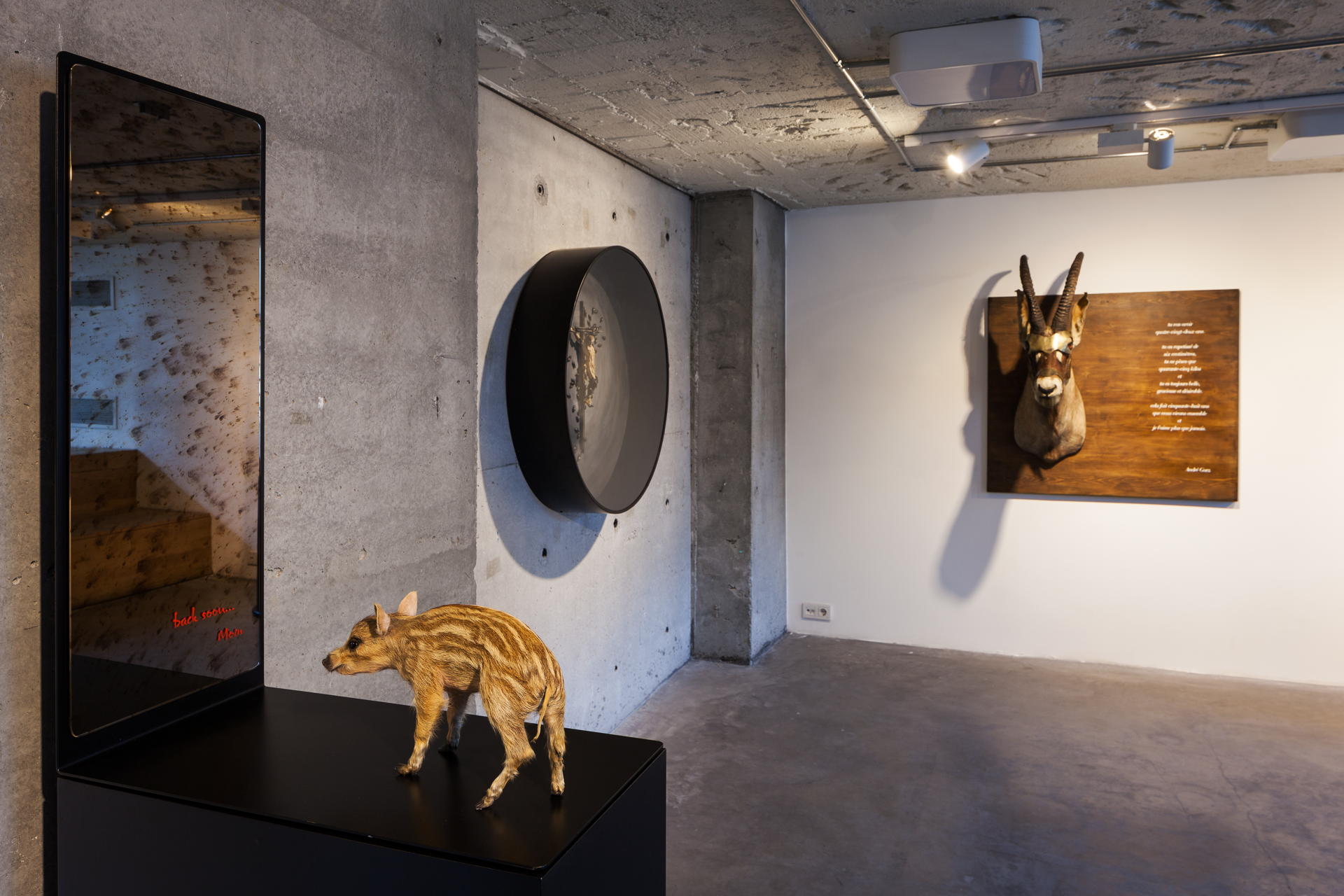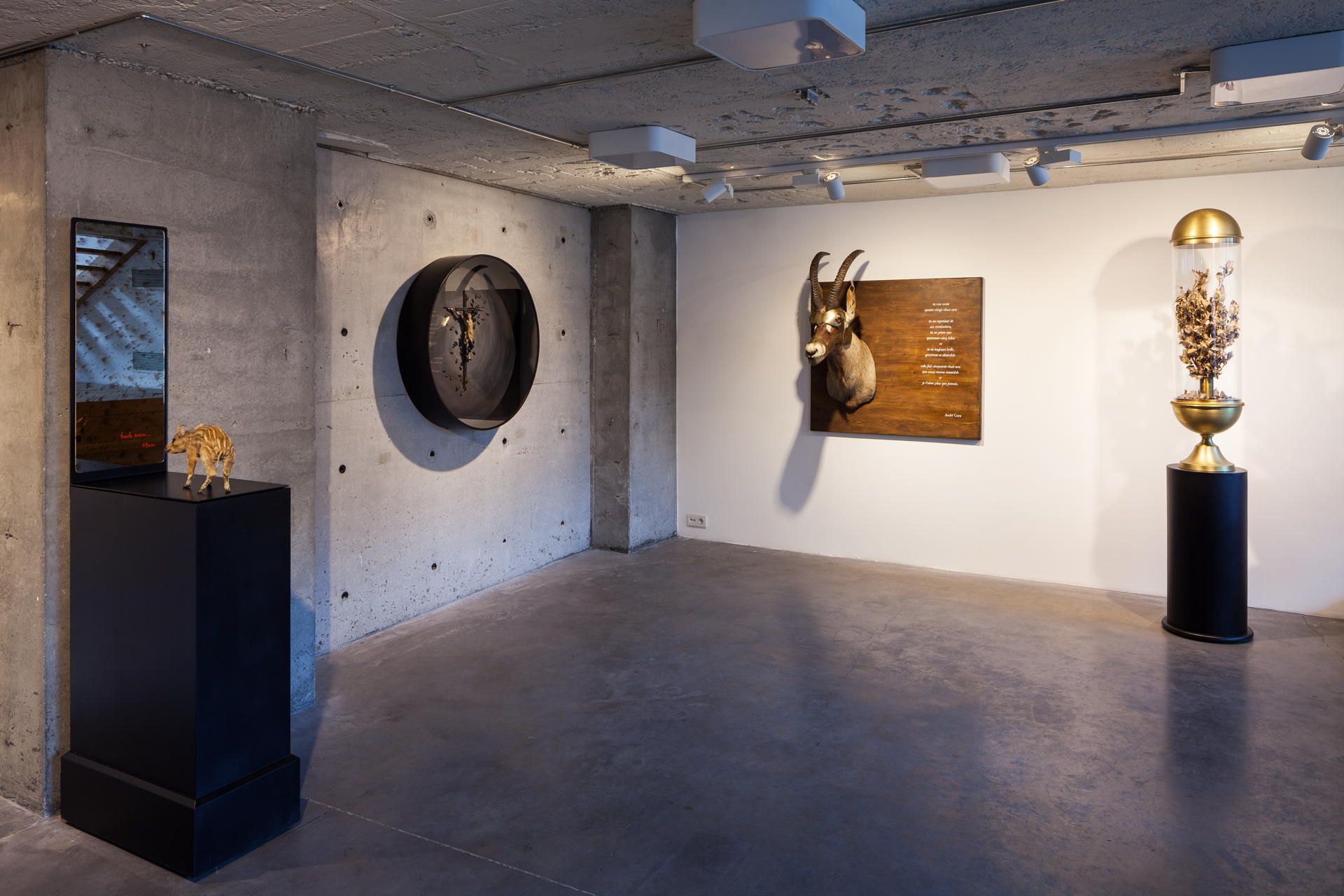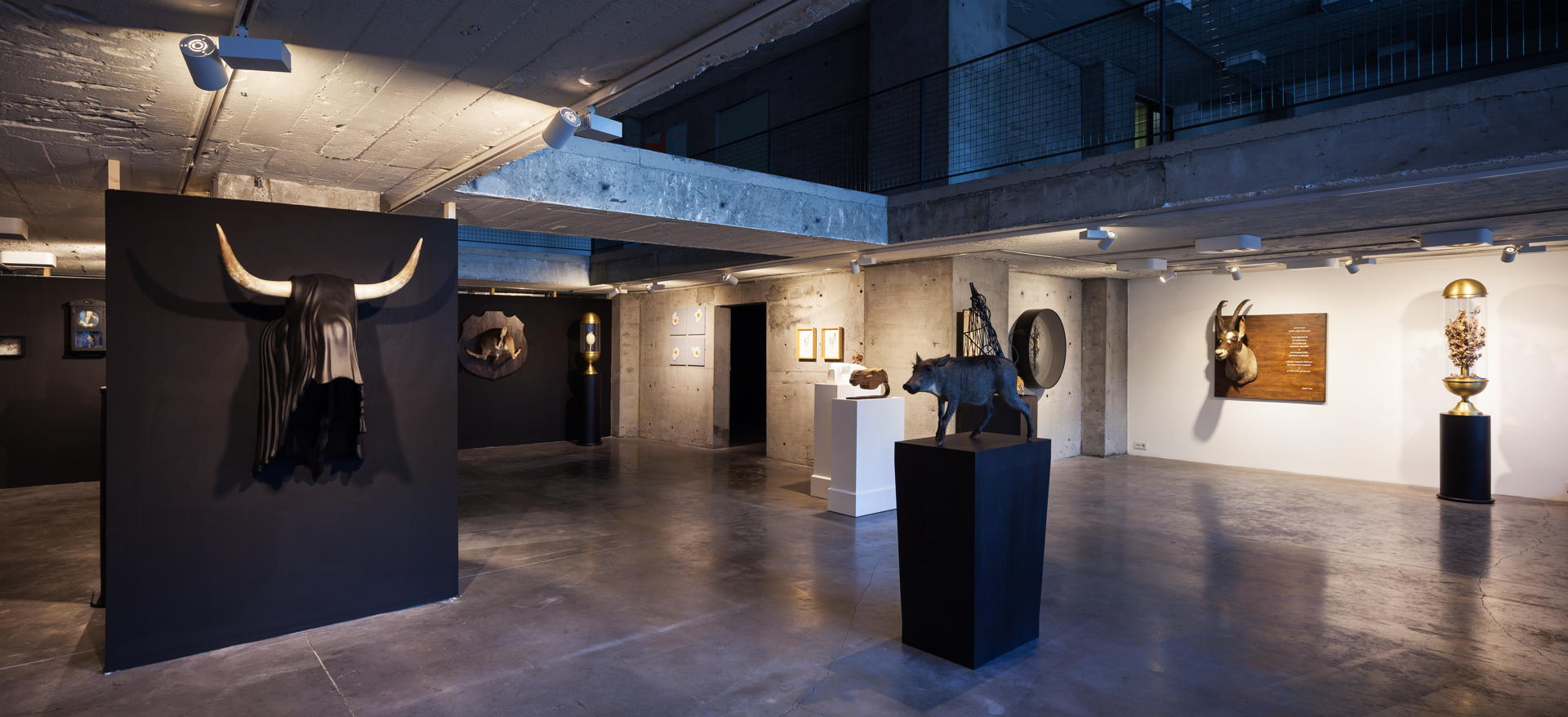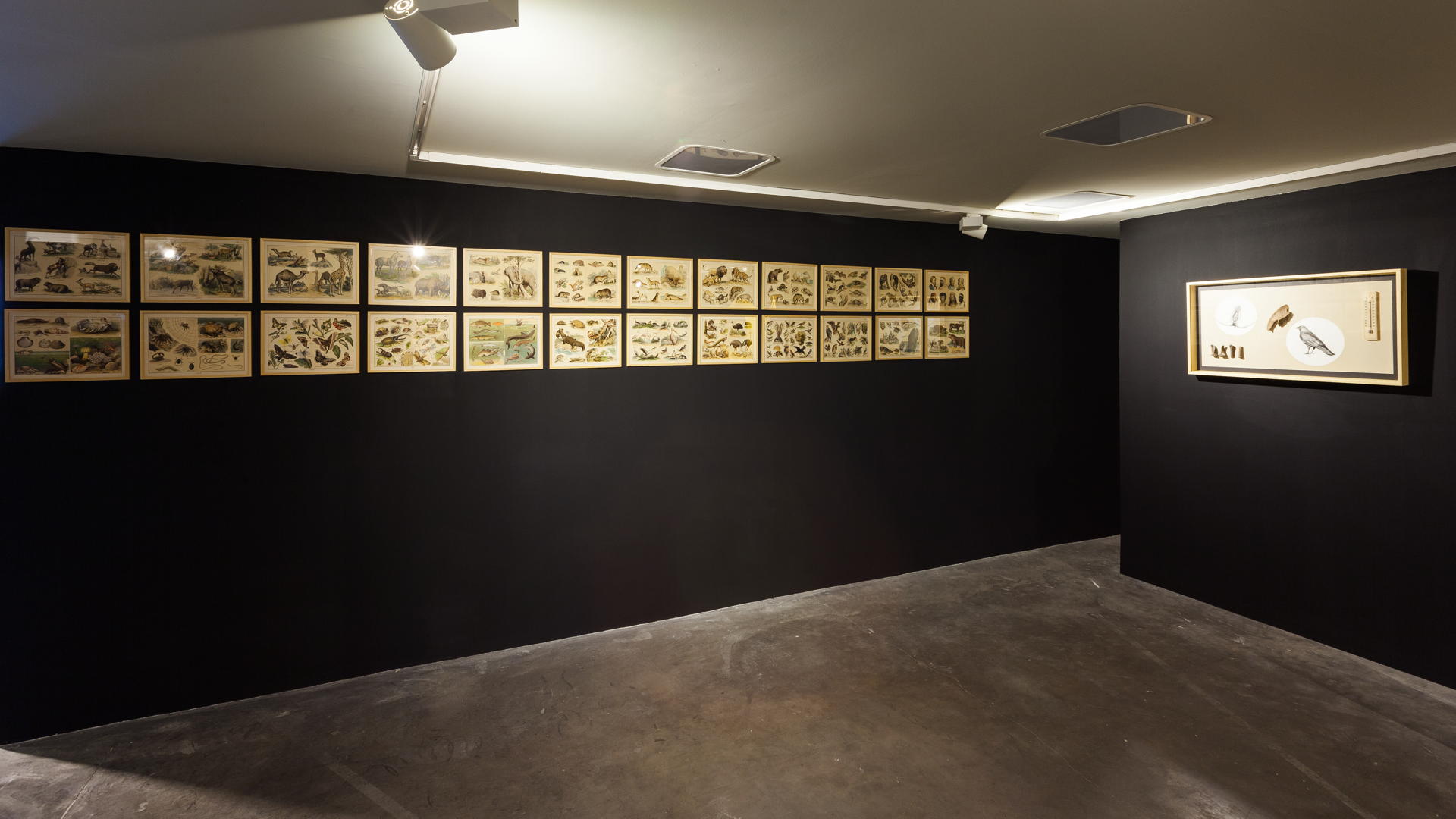Le Musée d’Histoire Naturelle de Constantinople
Site-specific installation | 2015
The great claim of pioneers of French Enlightenment and first encyclopedias was to make their pure beliefs regarding everything can be classified and this new rationalism active in different areas such as science, arts, aesthetics, and nature. This effort, with colonialism gaining momentum starting from the first half of the 19th century, created the need of classification, comparison, position, and ultimately re-definition of all living and lifeless entities in the nature including humans. Thus in contrast with the complicated elitism of the previous term, which was born from the passion of collecting/protecting/showing everything that is extraordinary and rare, a new understanding where more systematic representations are found reasonable. Natural history museums which reveal all the creatures on the earth in a certain classification and chronological order, were now universal stages of transformation of human, who was assumed to be responsible for creating his or her perception as a result of observation, into a subject against the world-the nature- at the same time.
Ottoman Westernization, which gained momentum in the second half of the 19th century, is a pioneer of an array of reforms, as well as in areas like politics, architecture, technology and arts. One of the most characteristic indicators of this term is that Istanbul Natural History Museum (Le Musée d’Histoire Naturelle de Constantinople) was brought to Istanbul at the same century with its contemporaries in cities like Paris, New York, London. This new mission, was not following the developments of 19th century museology with every moment, rather, it was recognition of the understanding of “modern natural history”, which has been discussed under a quite wide roof from the evolutionary theory to nationalism, from theology to ecosystem, in the geography of Ottoman Empire.
“Then, where to start to construct the historical data when only institutional correspondence is all that is left from a museum that is erased from the official history discipline and collective memory at the present time?”
This quite simple question/curiosity; 145 years after getting lost with the whole collection of his, prompts the artist, Tayfun Serttaş to search for and re-create the first natural history museum of Istanbul that is open to the general public based on a series of institutional documents that have reached to current times partially. The first natural history museum of the Ottoman Empire, which was established in the year of 1871 on Dr. Abdullah Bey’s (1800 Vienna – 1874 Istanbul) initiation within the body of Tıbbiye-i Askeriye-i Şahane/The Royal Military Medical School (Marmara University Haydarpaşa Campus of today), is problematized through an eight-week exhibition with the context of today’s information and ruling regimes. The aim is to open the natural history understating as a metaphor within the context of the new socio-political axis where Turkey is in, and today’s probabilities, rather than reviving a lost museum and limited documents.
Dr. Abdullah Bey and Istanbul Natural History Museum
Austria-origin scientist Karl Eduard Hammerschmidt (with his name in the Emperor, Abdullah Bey), who took shelter in the Ottoman Empire as a result of Vienna uprising, which was suppressed in the year of 1848 gorily, is the pioneer of the natural history in the Ottoman science world. Attempts of Abdullah Bey, who wanted to maintain his international career in the area of zoology in Istanbul, were welcomed by the palace. He was assigned to establish the first natural history museum of the Ottoman Empire within the body of The Royal Military Medical School in 1870. An attempt of a museum, which was started within the body of Galatasaray Medical School in 1839, fell into ruin during the Beyoğlu (Pera) Fire in 1848 before it was not opened to the public yet. Dr. Abdullah Bey starts to form a more extensive and new natural history collection starting from the year of 1870.
In 1871, Ottoman Empire’s first natural history museum, which is open to the general public, is opened with its full name; ‘Le Musée d’Histoire Naturelle d’École Impériale de Médecine de Constantinople’. Dr. Abdullah Bey, who provided thousands of samples to be transported to Istanbul by coming into contact with naturalists from Europe, does not stay with bringing in a prestigious museum to the Ottoman Empire among its contemporaries, at the same time, passes into history as the pioneer of one of the most important effects of French Enlightenment on the scientific field in the Islamic geography. Because of this unique mission of his, Dr. Abdullah Bey’s name was honored with the appellation, ‘Numunehane Müdürü (Museum Director)’, starting from the annuals of 1873.
After the sudden death of Dr. Abdullah Bey, who was identified with the Natural History Museum that he established, in 1874, activities in the museum are interrupted. After that, with the establishment of Istanbul University after extinguishing Istanbul Darülfünun(Ottoman University) Medical School and all other institutions within its scope are relocated to the European side. In this term, all collection of Istanbul Natural History Museum is transferred to Istanbul University, College of Science, the Department of Geology. And during the huge Vefa Fire, which occurred in 1918, the whole collection of the museum is destroyed after being burned. With this tragic incident, the ideal of natural history museum is wiped away from the lands of the emperor.
And the end of Dr. Abdullah Bey, whom we have a little monographic information about, was not different. Dr. Abdullah Bey, who is the founder of Turkish Red Crescent at the same time, was buried to the cemetery of Eyüp Defterdar Mosque with a formal ceremony that is proper in terms of Islamic rituals in August 30th, 1874. It is determined that the mausoleum disappeared totally during the road and housing work occurred around the cemetery in 1994 by getting under the highway. In 2012, a symbolic headstone is placed to a different place by Turkish Red Crescent referring to Dr. Abdullah Bey.
After the Republican Revolution, the necessary priority is not given to the natural history, which is seen as a ‘scientific trend’ that belongs to the 19th century and a state-sponsored institutionalization does not occur in this area. Together with the what that a limited number of private museum and collection is open to the general public at the present time, no official natural history museum can be mentioned in Turkey. And the limited number of institutional documents about the only natural history museum of the Ottoman Empire, where its collection and works carried on by this institution, are protected within the body of the Ottoman Archives Head of Department.
Le Musée d’Histoire Naturelle de Constantinople, which is constructed from the beginning through the works that are produced by Tayfun Serttaş, who is an artist that traces the story of disappearance over the years, based on the institutional correspondence of the museum, interrogates the (extra)ordinary routes between the 19th century’s and today’s discussions of natural history.
